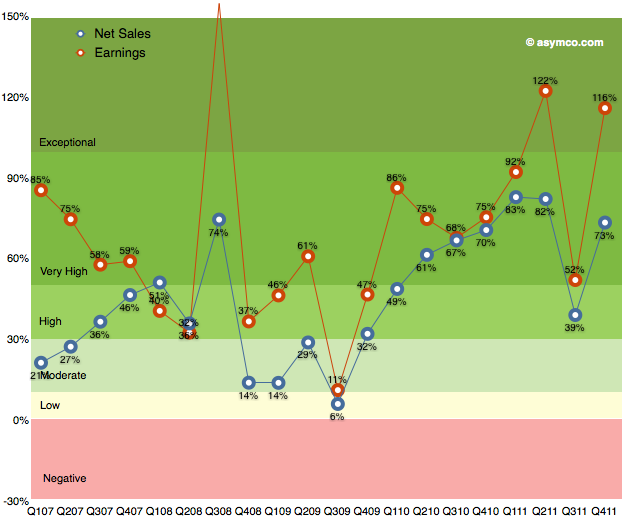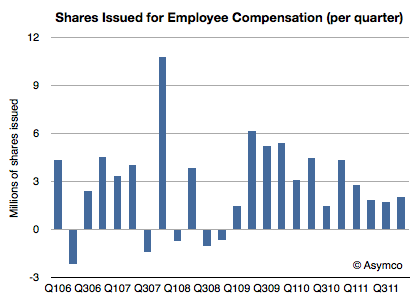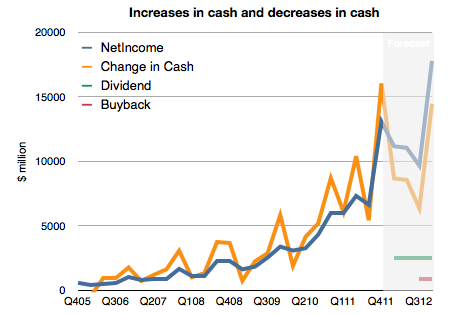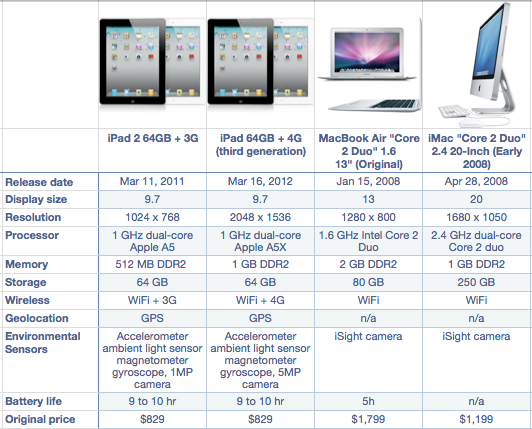The phenomenon we call business disruption could benefit from a different name. Although it signifies a disturbance or an interruption in an industry, it’s much more than that.
The nominal definition I work with is that disruption is the “transfer of wealth in an industry from dominant incumbents to disadvantaged entrants.” It’s a convenient definition because it’s brief, it puts the emphasis on economic value and because it alludes to a reversal of fortune and the implied extraordinariness.
However, there are several nuances lost and contradictions ignored in this definition. I want to enumerate them here and now:
- Although in a disruption there is a transfer of wealth, that wealth is not necessarily conserved. An industry that undergoes a disruption often emerges larger, more productive or more influential. Disruption typically creates net growth.
- Although extraordinary and spectacular it is also very commonplace. Disruption is not rare. In fact, it rarely fails to happen. One could even say that if it does fail to happen, it’s a symptom of an industry in crisis.
- Being so common, it can be seen as a regular occurrence. But if the regularity of disruption can be considered to have a clock cycle, its frequency is increasing.
- Disruption in the literal sense implies discomfort, displacement and even destruction. But it’s necessary to the health of any economy. The analogy to biology is that death is the most important thing in life.
- Although only recently characterized and studied in cases set in the past century, the pattern is evident throughout history.
I’ve offered examples of these consequences or side-effects of disruption but I’ll emphasize once more the example I’m most familiar with. To illustrate the primary definition, the AMP index is a measure of the success of one company relative to a set of peers in the mobile phone industry. It’s the average of four market shares: mobile phone units, smartphone units, revenues and operating profits.
This chart shows the shift in AMP index values for the competitors whose data is public and which make up the vast majority of units sold: Continue reading “What is disruption and how can it be harnessed?[1]”




